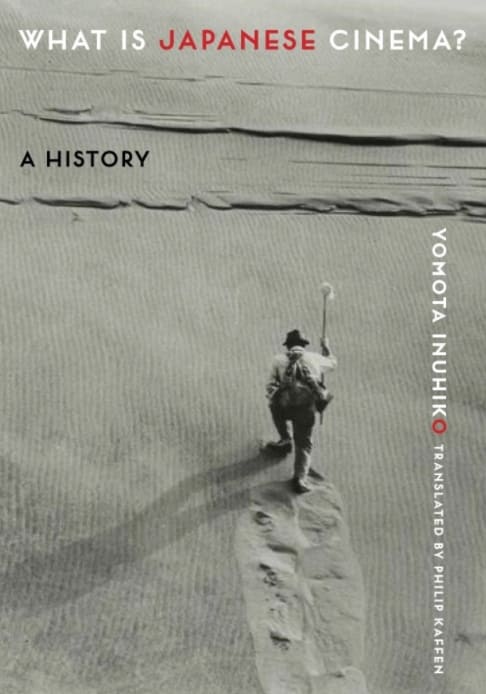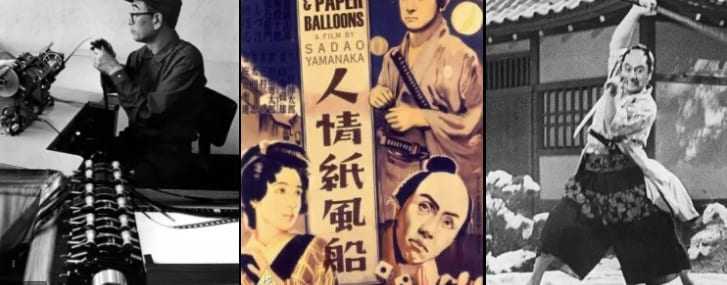
Japan 밤알바 History is Many Japanese manufacturers would have applied his methods, essentially creating the huge tech industry that Japan is famous for. The most famous Japanese filmmaker of all time was very active during this period. In the post-war period, four of the greatest directors in the history of Japanese cinema grew up: Akira Kurosawa, Kenji Mizoguchi, Yasujiro Ozu, and Masaki Kobayashi. These filmmakers have reinvented and revitalized traditional genres, and helped overcome the country’s longstanding emotions through dark and immersive films.
Mifune and Kurosawa, one of the greatest collaborations between actors and directors, took the Japanese film industry onto the world stage with Rasomon in 1950, ushering in what would become the golden age of Japanese cinema. The historic release of 40-year-old Akira Kurosawa, Rasomon is hailed as the film that drew worldwide attention to Japanese cinema and its star Toshiro Mifune after its presentation at the 1951 Venice Film Festival, where it won the Lion Gold. … It was the first film in Ozus’s famous Noriko trilogy, which also included Early Summer 1951 and Tokyo Story 1953.
His unexpected critical and international success has made Takeshi Kitano one of the most popular filmmakers in the country. It is the highest-grossing film in Japanese history and has become an international phenomenon. The film brought Kurosawa instant success, great prestige to Daiei, and the worldwide acclaim he had long desired for Japanese cinema.
Japanese filmmakers quickly stepped in: the first spooky skit appeared in 1898, and the first short documentary “Teodori of Geisha” was released in 1899. Although the early films reflected the development of Western cinema-documentaries, travel stories, and educational films-Japan used the infrastructure of its theater industry to create historical dramas and stories. According to Donald Kirihara (1996), before films such as “Rashomon” (1950) and “Koharu’s Life” (1952) appeared in front of movie audiences in the 1950s, Japanese filmmaking was made in Japan The other regions are relatively unknown (Figure 1).
Today, the Japanese film industry is considered to be one of the best and most exciting in the world. It is currently used by Akira Kurosawa, Kenji Mizoguchi, Yasujiro Ozu, Makoto Suzuki, Takashi Miike, Hideo Nakata and Kiyoshi Kurosawa. Considered by the director. Some of the most respected names in the international film industry. Japanese movies are known for successfully producing movies that reflect Japan’s rich history.
The first of our finest Japanese history films takes us back to 1958 Japan. It examines the growth of the Japanese economy after the shocks caused by the war. The plot of the film also took place when the Tokyo Towers were built.

Yokota shot many of them, the most famous being Imai’s “Until We Meet” (1950) and “Lily Tower” (1953), both of which are very touching, depicting men and women trapped in a war network And children. The films of pre-war masters are more popular than those of Akira Kurosawa, Tada Imai, Keisuke Kinoshita, and Ichikawa Jin, especially those that tried to accept the cruelty of the Japanese and the past decade of persecution. And during the war. Some of the most watched Japanese silent films are those of Mizoguchi Kenji, whose later works (including Uzuki / Uzuki Monogatari) retain a high reputation. Looking back at Japanese films in the 1950s and early 1960s, I think retrospectively that it was the golden age of national cinema, during which their most famous and internationally renowned films were filmed.
It is doubtful whether Japanese films in the 1950s were one of the highlights in the history of world cinema. At that time, Japan achieved a huge international influence in film festivals and art theaters, and consolidated a large number of domestic audiences, thus forming the richest One of the effective movies. The period of filmmaking in the world. It can be said that it is this combination of the recognition of art films and the attractiveness of the national box office that defines this period as the golden age of Japanese movies and also the golden age of world-class movies. This decade began with Akira Kurosawasa Rasomon (1950). He won the Golden Lion Award at the Venice Film Festival in 1951 and the Oscar for Best Foreign Film in 1952, and heralded that Japanese films are in the world Rise on the stage.
This 1954 film marks the seventh collaboration between Director Akira Kurosawa and actor Toshiro Mifune. He is a Japanese male protagonist in the 20th century. His 100th birthday will be in 2020. Known as one of the most visually beautiful movies ever, Yuyue won the Silver Lion Award. The Venice Film Festival in 1953 was one of the films that helped Japanese films reach the world stage. Katsuhito Ishiisa’s award-winning film is an outstanding example of the visually exciting and emotionally engaging films that many Japanese filmmakers are working hard to create today.
Directed by Yasujiro Ozus, Late Spring is a shomin-geki, a type of Japanese film that realistically depicts the everyday life of today’s working-class and middle class. It is a film that captures the life of the lower-class samurai several years before the Meiji Restoration. This film was one of the best Japanese historical films directed by Akira Kurosawa and received 80% approval on Rotten Tomatoes based on five reviews.
Yomota Inuhiko is a short and vivid history of Japanese cinema that shows how cinema tells the history of modern Japan. From silent films and gripping historical films to colorful animation and touching modern dramas; Japanese cinema has a rich and endlessly interesting history that deserves our close attention. Watching the best Japanese history movies is definitely a great way to have fun remembering the past that shaped Japan. Here’s a selection of old and new Japanese films that showcase the best the country has to offer.
Some of the best Japanese films are silent independent films, violent horror films, and heartfelt and thoughtful melodramas. While these are wonderful genres in which some of the best Japanese films have been filmed, you will find that there are as many different genres in Japan as there are in American cinema. The list of the best Japanese films can be next to the list of the greatest films of any country. In conclusion, the historical study of Japanese cinema has only strengthened our belief that Japan has provided the world with some of the most unique and important films to date.
We now have this book, originally released in 2014 by Shueisha under the title “100 Years of Japanese Cinema”, which provides non-Japanese readers with a clear translation of the history of Japanese film Yomotas by Philip Caffin. However, although we are largely unable to use the films of this period to deepen our understanding of early Japanese films, there are still many materials that describe in detail how the film journey in Japan began and how it was in the early days. Developmental. Although many directors, even considered primitive traditionalists, such as Ozu Yasujiro, have been influenced by Americans, the content of Japanese movies comes from Japanese roots with additional elements from Russia, Germany, and France.



